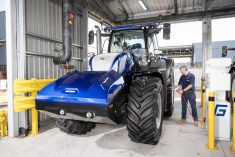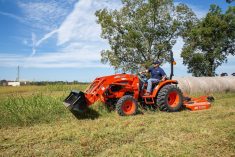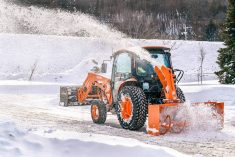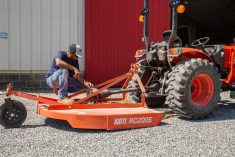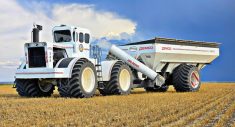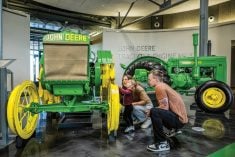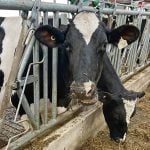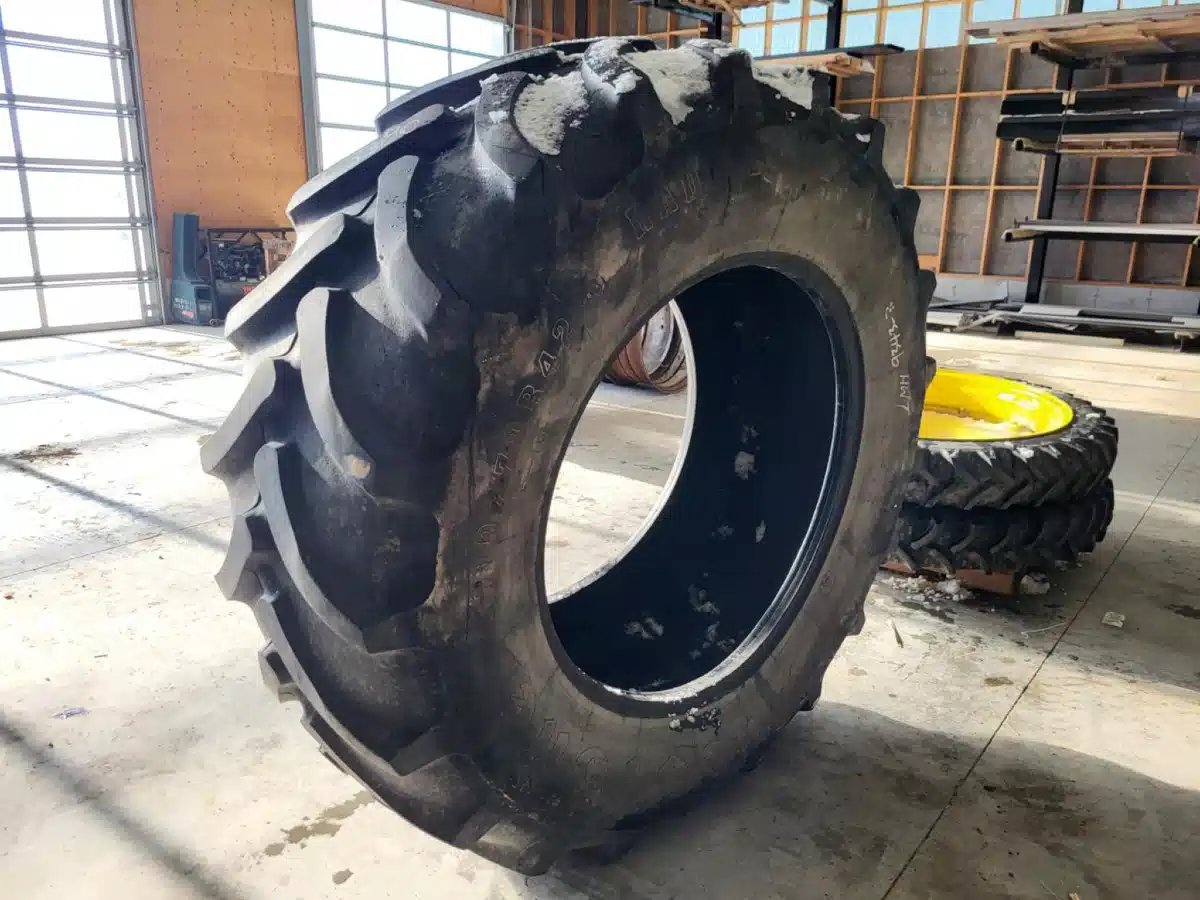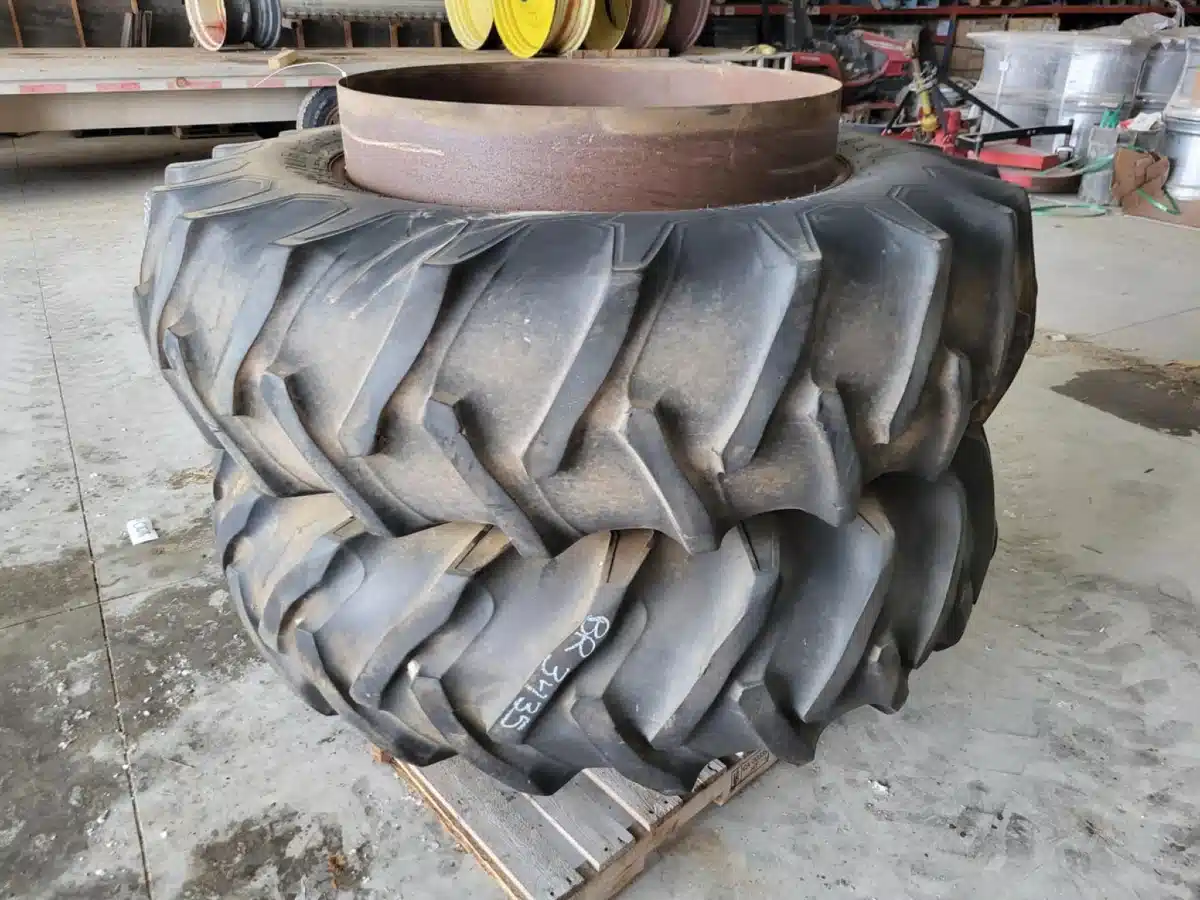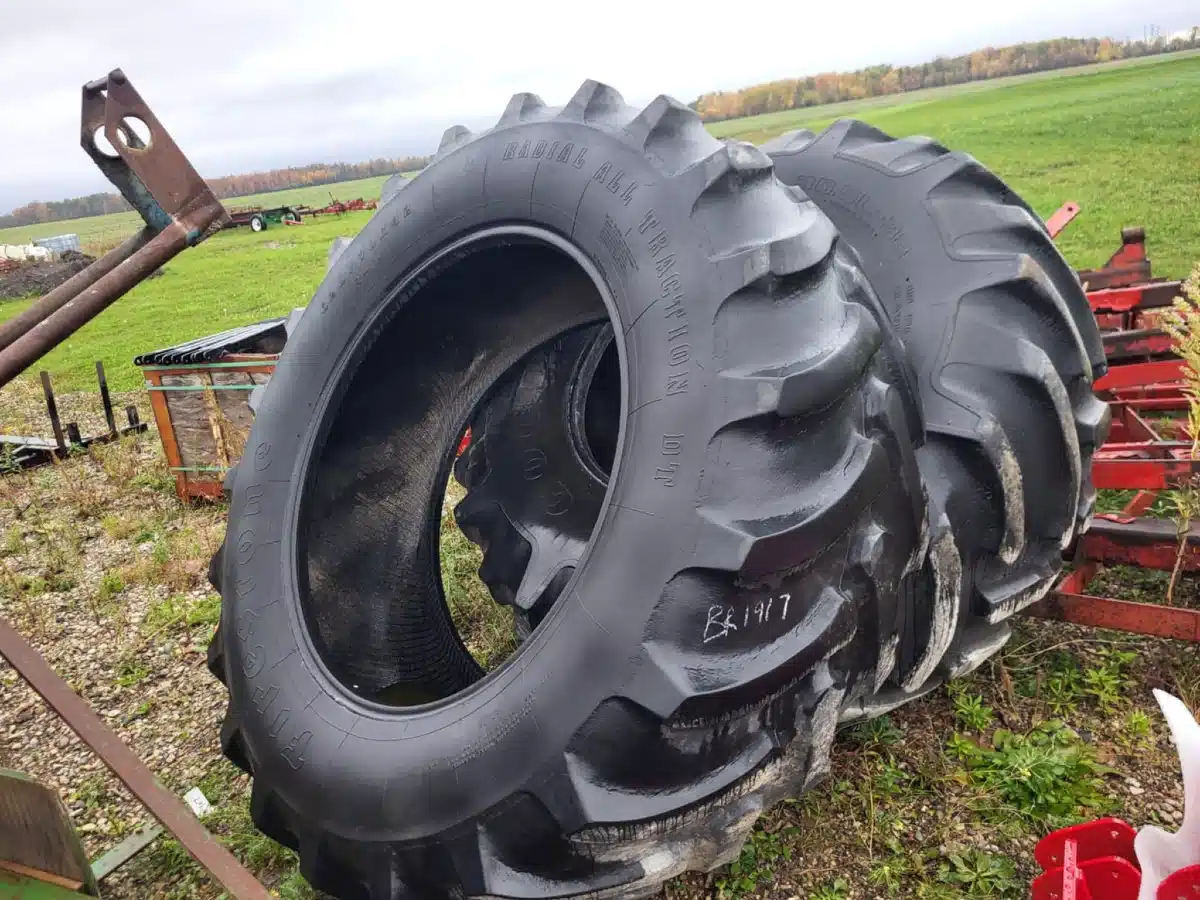Most farmers are used to seeing the Firestone name on tractor tires. Last year the brand’s parent company, Bridgestone, began offering tires branded with that name through Firestone dealers in Canada — but the new Bridgestone lines are aimed primarily at those producers who log a lot of road miles on their tractors.
“With our Bridgestone lineup, that’s the market we’re going after, heavier roading, guys that are doing custom manure hauling, travelling to fields that a significant distances apart,” says Bill Durivage, product strategy manager for Firestone Ag.
Read Also
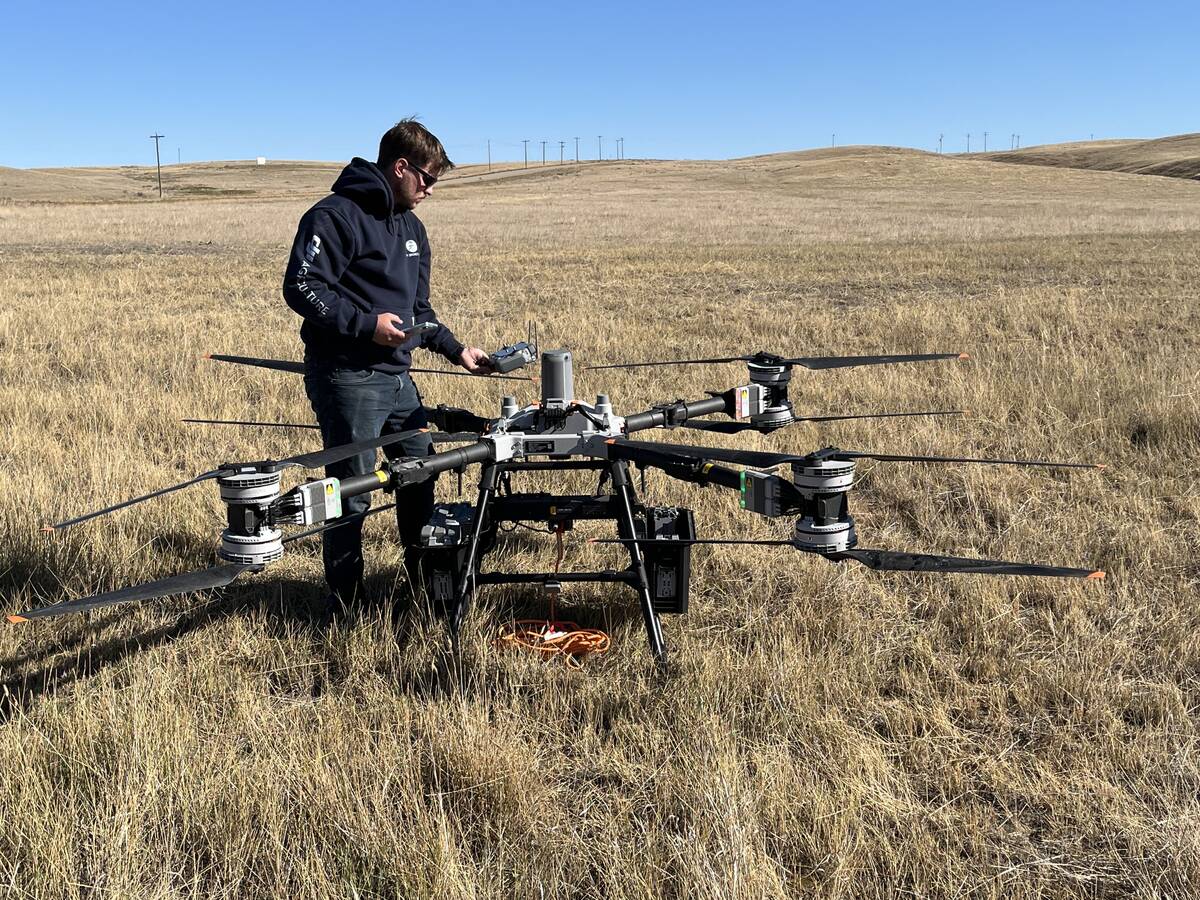
Farm-facing drone does the heavy lifting
Canadian distributor DJI Agriculture unveils its AGRAS T100 drone to western Canada’s producers for greater efficiencies in spraying and granular spreading in fields.
“The Bridgestone portfolio is more wear-centric, geared toward a longer wear life. That’s done particularly through the compound technology in the tread rubber itself and how much rubber we pack into the tread. We have 20 per cent more lug volume than the competition in, say, our VX tractor design.”
The Bridgestone VT Tractor tires are VF radials, while the VX and VXR lines are standard radial tires.
The Bridgestone portfolio has a D speed rating and can handle road speeds of up to 40 m.p.h. (70 km/h).
“We’re going after the faster JCBs or Fendts,” he adds. “Domestic manufacturers in the U.S. are catching up in speed as well, so these are rated to meet future needs. Our Firestone MaxTraction are also D speed-rated.”
A key feature of the VT tires is what the company calls its S line technology — as Durivage puts it, “a sidewall design that changes the stress concentration in that lower sidewall as the tire deflects… particularly on VF loads with VF inflation pressures, so you’re getting extra sidewall deflection and tires squat down more.
“We want to protect that durability from the extra stress on the sidewall and heat generation. So we use a lot of different material properties to mitigate heat generation. We also use the S Line technology to spread that stress and strain across a broader area, so you’re not getting stress concentrations which could generate some cracking in the sidewalls.”
Getting the best performance out the Bridgestones — or any ag tire — depends on getting inflation pressures right. The Bridgestone VXs are all designed for 35 p.s.i., so they have a very heavy load-carrying capacity.
“You’ll see that also with our Firestone portfolio, where we’ve upgraded a lot on the front of tractors to carry (those) very heavy front-axle weights.”
Getting inflation pressures down in the field is key to minimizing soil compaction — ideally, somewhere around 15 p.s.i. — but a lot depends on the tractor. Getting an exact axle weight is the best way to determine correct inflation pressures.
“You’ve got to find that balance to having the right inflation pressure to protect your soil and having the proper ballast to get the tractive efficiency,” Durivage says. “It’s hard to say generally put this air pressure or just look at the sidewall. It’s not really a best practice. Our field team from Firestone Ag all have portable scales in their truck. They can go around and set up tractors for customers.
“A lot our dealer network do have scales and we teach them through our Firestone University classes how to properly set up a tractor.”
Owners can find recommended inflation pressures for the brand’s tires online.




